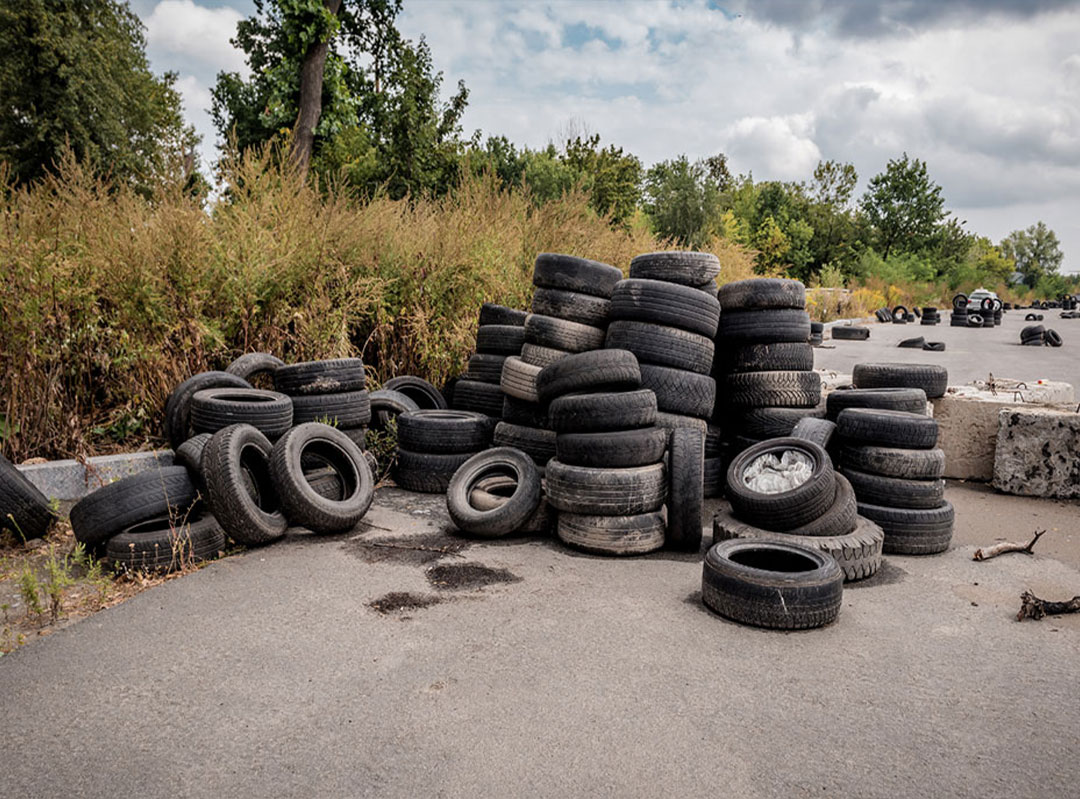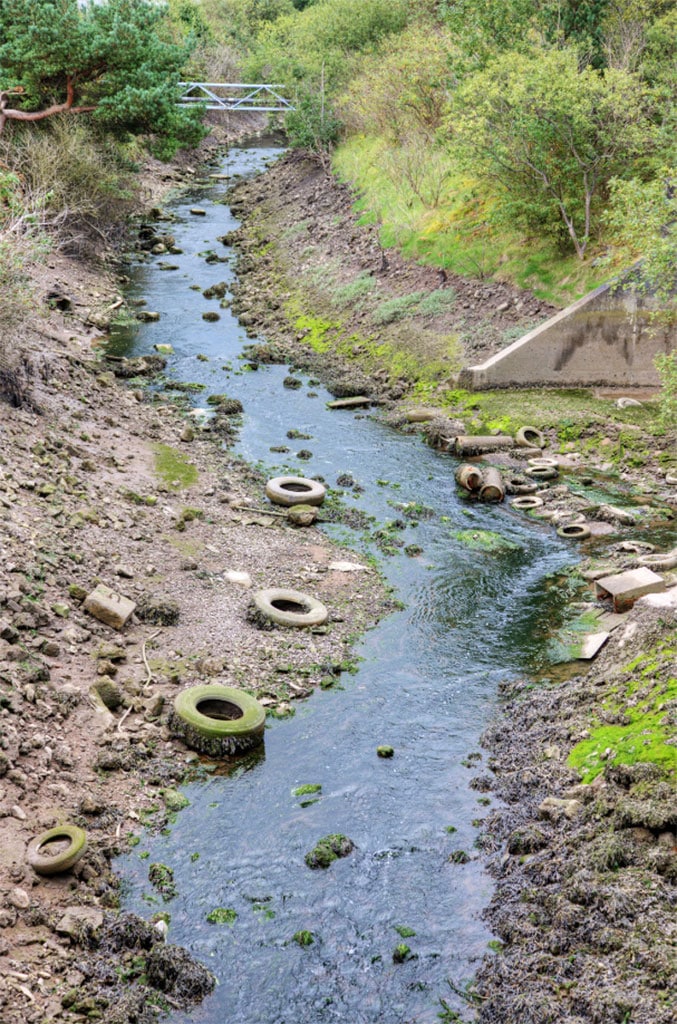
The Challenges of Recycled Tire Crumb in Roads
One of the main methods of tire reuse involves grinding them into crumb rubber for incorporation into asphalt mixes. This offers several benefits:
- Reduced Landfill Waste: Diverting tires from landfills, conserving space and reducing their environmental impact.
- Cost-Effectiveness: Rubber crumb can be a cheaper alternative to virgin materials in asphalt.
- Improved Flexibility: Rubberized asphalt can enhance road flexibility, potentially reducing cracking and extending lifespan.
However, challenges and environmental concerns exist, with:
- Leaching: Over time, rain and groundwater can leach chemicals like heavy metals (zinc, lead) and PAHs (polycyclic aromatic hydrocarbons) from the crumb rubber. These chemicals can contaminate soil and water, posing risks to human health and ecosystems.
- Strength and Durability: Studies suggest that crumb rubber in asphalt might compromise long-term strength and durability compared to traditional mixes.
- Fire Risk: Rubberized asphalt may burn more intensely than conventional mixes, requiring additional safety measures.
Environmental Concerns and the Importance of Leaching Prevention

Preventing leaching is crucial to safeguarding public health from contaminated groundwater, protecting ecosystems and the effect of leaching chemicals on plant and animal life, and our long-term sustainability.
AggreBind: A Revolutionary Solution for Safe Tire Reuse in Roads
AggreBind offers a game-changing solution to the challenges of reusing tires in road construction. Our patented and science based technology utilizes a unique encapsulation process that addresses the leaching issue head-on.
- Encapsulation: AggreBind encases crumb rubber in a specially formulated shell, effectively isolating it from the surrounding environment. This significantly reduces the risk of leaching and ensures long-term environmental safety.
- Water Resistance: The encapsulation process creates a water-resistant barrier, preventing rainwater and groundwater from penetrating and mobilizing any potential contaminants within the crumb rubber.
- Proven Performance: AggreBind has undergone rigorous testing, demonstrating its effectiveness in preventing leaching from encapsulated tire crumb.
Real-World Examples: AggreBind in Action

PennDOT Acid Rock Drainage Project: The Pennsylvania Department of Transportation (PennDOT) utilized AggreBind to encapsulate acid-producing rock for road construction. The project successfully prevented the release of harmful pollutants into the environment and the road foundations.
Oil-Contaminated Sands Project: AggreBind has been tested as a solution for safely encapsulating oil-contaminated sands for road bases. This project demonstrates the technology’s potential for repurposing various waste materials in an environmentally responsible manner.
AggreBind enables the reuse of waste materials and industrial by-product into road and road-base construction. By preventing leaching and ensuring environmental safety, AggreBind is paving the way for a more sustainable future for our transportation infrastructure.
Building a Sustainable Future with AggreBind
AggreBind solutions offer a safe and sustainable approach to incorporating recycled tire crumb into road and road base construction. Through encapsulation and its proven effectiveness, AggreBind paves the way for a future where waste becomes a valuable resource, and our roads are built with sustainability in mind.
